OBJECTS AND PERCEPTION
(Re)discover the article from Andrea Salustri, street artist and laureate artist for circusnext 2018-2019. The article was part of the Living Body/ies publication, Circostrada's first annual red-thread publication.
We experience change.
We embody change.
We radiate change.
Our hands move through a submerged labyrinth.
Neutrality vanishes among the refractions of an impossible stillness,
Whilst we float towards the surface Under a spell of hesitant persistence.
A gentle and relentless drifting,
Carried by habits-blown sails and cultural tides.
Swaying
Between the shade of complicit ignorance,
And the burning sun of daily choices.
Possible choices and privileged choices.
Dancing closer to the fire,
Holding the hands
Of those who don’t know how to see,
And those who don’t know how to give,
Losing sight of our bodies amid the two and the many,
Amid the sparks of fire and the noise of the dance.
Living bodies,
Transforming,
Disseminating seeds of intentions
And fragments of gestures
Like traces of light
Glimmering behind our hands
As we move forward.
Simple actions
Crashing like waves against the cliffs of society,
Receding, reorganising, adapting.
A million hands grasping for the mainland of an elusive consistency
Inside the calm perseverance of breathing.
Solid rock and malleable beliefs,
Crossed by winds and time.
An entire ocean
Shrinking in the hollow of one hand.
The paradox of art and the paradox of living,
Watering and withering flowers of purpose.
Sustainable words
Of an unsustainable language.
Speaking to ask for silence.
Listening.
Our hands, again.
My practice as a circus creator started in the public space through the means of juggling and street art. Juggling has been for me an occasion to foster and share, in a direct way, that fascination, that capacity to wonder, that lies underneath the roots of circus as a genre. I deeply valued the dynamic of mutual offering, between performer and audience, upon which the work of a street artist appeared to be centred. I saw it as a political act of simple, immediate, and connecting nature. Soon, nonetheless, my path deviated away from circus. I found myself in a conflictual space while attempting to negotiate the focus between my work and my presence in it. I recognised and struggled with the heroism intrinsic in the presentation of my juggling performances, that was relying on tricks and moments of deliberate astonishment to please the public and celebrate the success of the performer. At that time, I didn’t know nor imagined that circus could find expression in other forms of performativity, that wouldn’t emphasise and calcify on the virtuosity of the artist; so I decided to explore outside of the genre. I began studying contemporary dance and choreography, where I discovered an incredible openness and diversity in the ways performers were relating to the audience and to their works. This openness came as a series of questions that imposed themselves to me in connection to my previous circus experience. What was the nature of my practice? Where was my research developing? Was I presenting the same material that I was researching, or was there a gap? Finally and most importantly, what was the context surrounding my work and the environment in which it was located?
These questions highlighted a series of assumptions I was unawarely carrying throughout all of my practice, from training to composing. I was following narratives of risk and success, which were ultimately bringing the focus on myself and my skills, and away from the work itself. I was also taking for granted a pattern, which saw me approaching a circus discipline, buying the necessary props/apparatus, learning existing tricks and techniques whilst at most creating variations or reformulation of a given repertoire, performing the results of my training with the mere intervention of dramaturgical framing and coherence. I saw this pattern repeating all around me, and decided to attempt altering it. I put down my equipment and looked at my environment. I started manipulating common objects, not yet codified as juggling props, and therefore free from the expectations and the historical context of circus. The core of the work shifted from the results of a movement research to the research itself, using improvisation and my non-familiarity in working with those objects as compositional strategies. Rather than applying existing juggling techniques on new objects, I was now trying to find and develop a specific technique depending on the uniqueness of each object that I encountered, attempting to understand its language to enter and engage in a dialogue with it. Suddenly, a shift appeared possible; I found myself a step away from the centrality of the circus performer and a step closer to the environment in which my practice was taking place.
Object-based environments and perception
Besieged by matter, we navigate through object-based environments shaped by functionality of use. Electrical appliances, furniture, vehicles, means of transportation, currencies, media of communication, technological and mechanical devices, etc., our entire world is full of stuff. We understand these things to different and relative degrees of complexity, in relation to our necessities and capacity of operating them: a threshold of minimum understanding, that sets basic usability, is constantly being reduced by the design process, and as a result we find ourselves interacting with objects that we have little to no idea about how they function, that nonetheless we are able to use. We understand their purpose and how to activate them, and when we don’t, they fade into the noisy background of things that populates our modern landscapes. This overabundance of objects is on a constant growth, it follows the search and fabrication of new needs, where at the same time the system has ways to outdate old objects, through planned obsolescence, software incompatibility, trends and other market strategies. As a juggler who turned to object manipulation, our relationship with our object-based environment has become part of my research, and where I see the urge of a conversation in regards to environmental sustainability.
What seems unsustainable, therefore, is not just the capitalistic model per se, but the way the model affects our perception of our object-based environment as merely functional and disposable. I see this perception as the core of an unsustainable relationship with our environment, and a severe ecological issue.
Looking at this relationship, we can observe a few interesting points. We endure a constant training in the usage of an incredibly high number of things, which we learn to confront and use to our advantage. We become, in fact, expert manipulators of coffee machines, shoelaces, smartphones, that we can operate with exact and essential manoeuvres. Some of us become masters in folding newspapers, changing duvet covers, driving cars, hand-rolling cigarettes; everyone with their specialities, but all of us with an extraordinary wide repertoire of functional manipulation*. We notice another fact about our daily interaction with objects surrounding us: functionality dictates and restricts dramatically not just our manipulation, but also our perception. We learn the proper and effective way to use things, but at the same time we gradually lose the capacity to investigate them. We rarely pay attention to the gentle voices of coffee grinders, or pile up cups deliberately in the most precarious balances. We declare as broken or unusable objects that have lost the capacity to serve their primary purpose, which we dispose easily. We replace objects for others that have improved characteristics, where economically suitable. In short: we flatten objects to their designed functions, and this, together with their economical value, defines the borders of our perception. Our perception is intrinsically connected to our interpretation and relation to the world. Perception is, in fact, already an act of interpretation, and the way we perceive the world is inseparable from the way we relate to it**. What seems unsustainable, therefore, is not just the capitalistic model per se, but the way the model affects our perception of our object-based environment as merely functional and disposable. I see this perception as the core of an unsustainable relationship with our environment, and a severe ecological issue.
Strategies of coexistence, trying to shift our perception of objects
These considerations affected my practice by leading me to look for value and possibilities in objects, that would redefine my ways of perceiving and interacting with my own environment. I believe that performing arts, and specifically circus – with its inherent capacity to wonder as mentioned previously – represent a fertile ground to nurture alternative models to relate with our surroundings. I developed three strategies to alter my relationship with objects. The first one, borrowed from Russian formalism, is defamiliarization***. A deliberate attempt to look at objects beyond their primary functions. Extremely familiar things often hide a universe of possibilities concealed underneath the habitual use in which we relate to them. By looking at our environments with the aim of investigating them whilst, as much as possible, getting rid of our cultural and functional biases, objects reveal themselves as new and surprising encounters. Through defamiliarization, object manipulation becomes a process of playful rediscovery, which can cross multiple fields of analysis and different disciplines.
A second theoretical tool I developed is a pair of connected trichotomies, aimed to describe and research the way performers relate to objects on stage. The first one is manipulator-manipulation-object, and intends to identify where is the focus in the relation. The second one is using-interacting-serving, and intends to identify the kind of relation in place. The two trichotomies are connected. Using an object means keeping the focus on the manipulator; this is the case where objects are just a medium to show the skills of the performer (i.e. in traditional juggling, where the audience applauds the ability of the juggler). Interacting with an object means having the focus on the manipulation, which is a shared contribution between both the manipulator and the object; the emphasis here is on the co-dependency between the two, the hierarchy is broken and what matters is the interplay (i.e. when the success of a trick is not the most interesting part of the trick). Serving an object means shifting the hierarchy completely, the focus is on the object and the performer becomes a facilitator who allows manipulation to happen without directly drawing attention to himself. This last shift of focus is an extremely delicate state and, as far as I was able to research, reaches its maximum when the performer is completely still or absent while the objects are active on stage.
The third and final strategy I adopted to shift my perception and engage differently with my environment has to do with the objects I have been selecting for my practice. I started working not just with common objects, but with disposable ones, or that have been thrown away and discarded. This strategy drastically changed the value I was attributing to objects surrounding me, it suddenly allowed me to see beauty everywhere, and changed my relationship with the very things I was interacting on a daily basis. Moreover, familiarising with the discarded has been a great inspiration to produce works.
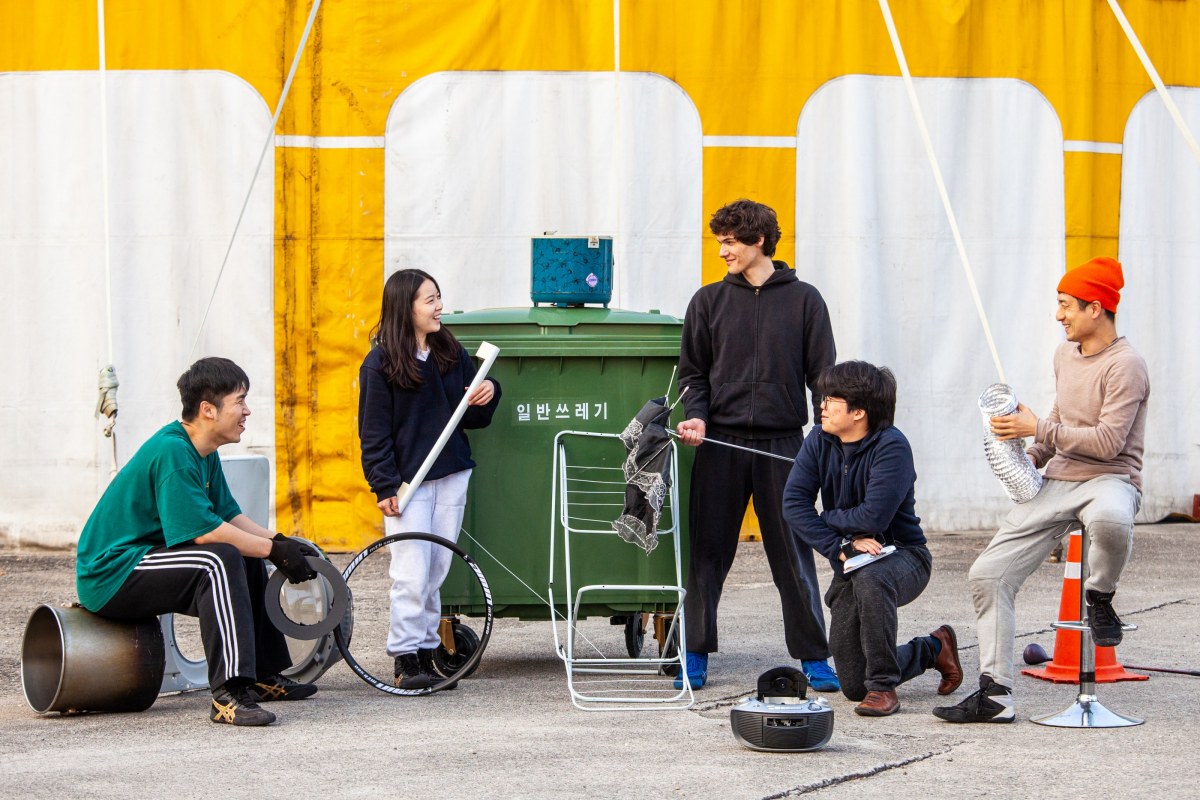
Circus of Discarded Objects, the afterlife of things
What happens to objects after we get rid of them? Where do they land? What of their old attributes do they still possess? And what new possibilities do they offer? My practice with thrown-away materials developed into a project called Circus of Discarded Objects, in collaboration with the Korean contemporary circus company The Chorokso. It took place in 2021, at SSACC (Seoul Street Art Creation Center) with the support of ARKO (Arts Council Korea). In the frame of a workshop in which I shared my method of object manipulation to the group, we roamed the streets of Seoul, looking for objects left behind, in order to activate them, to explore them, and to give them a new life in the public space. We also visited scrapyards and recycling stations, where we collected a bunch of materials declared unusable and meant to be disposed. We cleaned them and integrated them into the workshop. The method flourished in the hands of the participants, culminating in a public performance.
MATERIA, attaching to the disposable
In my journey through object manipulation, I encountered and concentrated my work around a synthetic material, polystyrene. Specifically, I focused on expanded polystyrene (EPS), commonly used for building insulation, packaging, disposable containers. Foamed polystyrene presents serious environmental issues as it is a non-biodegradable material and it is a cause of litter. At first, it may seem antithetical from a sustainability perspective, to develop a work with an unsustainable material. But what is really unsustainable about polystyrene? We are surrounded by different kinds of plastic materials. Plastic components can be found in an incredibly high number of objects, and plastics dominate current packaging methods. Reducing and getting rid of plastics is a concrete, desirable, and achievable goal, yet not the most immediate solution to respond to this urgency. What is really unsustainable about plastics is the way we relate to it. How we acquire it lightly and dispose of it immediately, how we look at it, again: our perception. This perception, as discussed before, is connected to its function, which for polystyrene is exhausted very quickly (we open the container, we extract our goods, we throw the packaging away) and to its economical value, which is incredibly low. Because of this, our relation to polystyrene is one of disregard. MATERIA is an attempt to counter this relation and shift our perception of polystyrene as something alive, fragile, and full of surprising properties. The performance was supported by circusnext, and co-produced by PERPLX; it uses contemporary circus as a lens to investigate the material in a transdiciplinary research. The result is a choreography for one human and several polystyrene shapes, where the human and the material engage in a non-verbal dialogue. Juggling tries not to impose direct control, but rather create controlled environments so that the material is free to perform and take initiative. The role of the performer shifts towards that of a facilitator and the focus is constantly negotiated between object, manipulator, and manipulation. The piece presents not only the aliveness of polystyrene, but also its destruction. I see this as a fundamental element in order to establish a sincere conversation with and about the material. At the same time, this choice posed to me urgent questions about the sustainability of the show and the disposal of the waste I was creating. I found two strategies to actively recycle and dispose of it.
The first strategy consists in recycling bigger pieces of polystyrene, which present imperfections and are therefore not suitable for the stage, into a series of sculptures. I titled this series Toxic Landscapes, and it is an ongoing development of my touring. These sculptures display simultaneously a fascination for the material transformation and the traces of a fight – where the disrupted ground of the battlefield is the outcome of a conflictual relationship with this toxic substance. The controversial nature of polystyrene is deliberately presented. Each artwork is the result of a melting and corrosion process, through the use of a hot gun, black ink, and petrol-based fluids which break the chemical structure of polystyrene. A strong reference to the work of Alberto Burri, and his Plastics series – in which the artist, after the second world war, had transformed the canvas into plastic panels and the brush into a blowtorch – is presented and recontextualised into the current environmental discourse.
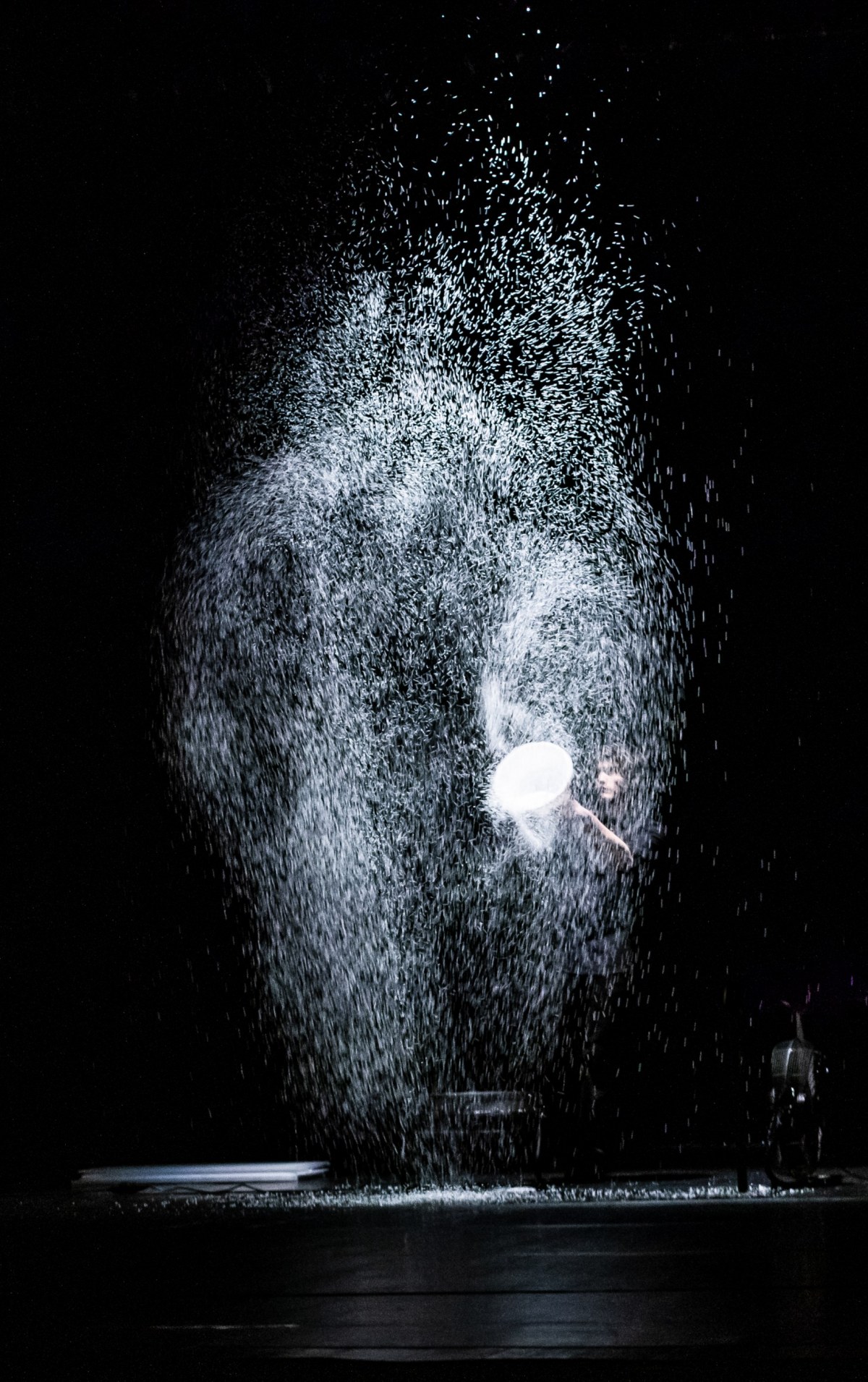
A second method I have adopted is composting the residual waste of each show through the help of worms, capable of digesting polystyrene. These worms are commonly known as superworms, they are the larvae of Zophobas morio, a species of beetle. They contain several gut enzymes that are capable of digesting polystyrene. Not only this, but they can live healthily on a diet based solely on polystyrene, in addition to which they only need hydration. This incredible finding has already been used, since a couple of years, by a few ecological companies dealing with polystyrene and composting their own waste. I started adopting this method in 2020, and since then I am collecting all the waste produced while performing the show on tour. I carry it back to my atelier in Berlin where I process it through a small colony of worms. This process of disposing polystyrene with Zophobas morio has been recently examined and proven by a study published in the journal Microbial Genomics****.
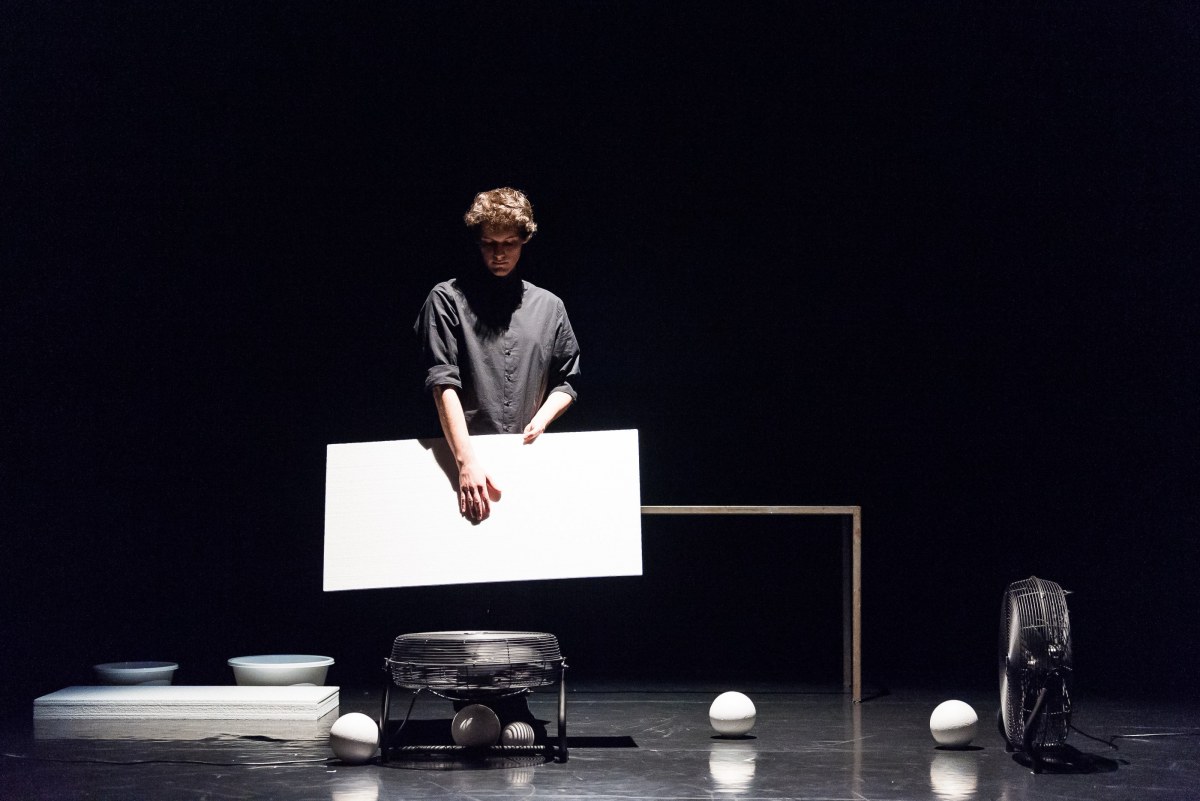
Invisible, a reflection about change
While researching about our perception and relation to object-based environments, another topic naturally followed as a necessary and interconnected investigation: our perception and relation to change. Any shift in our perception must, in fact, first deal with our ability to embrace and endure change. Our relation to change is of the most complex and fascinating. Just recently, over the course of the last two years, humankind has faced dramatic events that have produced a revolution of the global narrative, bringing radical changes on daily, social, and economic habits. The spread of a pandemic has imposed change within weeks. The recent unfolding of war in Europe has imposed change within days. At the same time, with their devastating impact, these events have brought an urgency for response. But where does this sense of urgency start? Where does it lay the line beyond which we decide to take action? How does witnessing transform into engaging? These questions seem incredibly relevant in relation to the climate crisis, an emergency that is as impactful to world history but develops at a slower pace. We witness constant transformations on ourselves and on our surroundings, but when and how do we notice change? Noticing requires a fundamental disposition of openness and listening. This disposition seems the first and fundamental element in overcoming the discrepancy between knowing and acting.
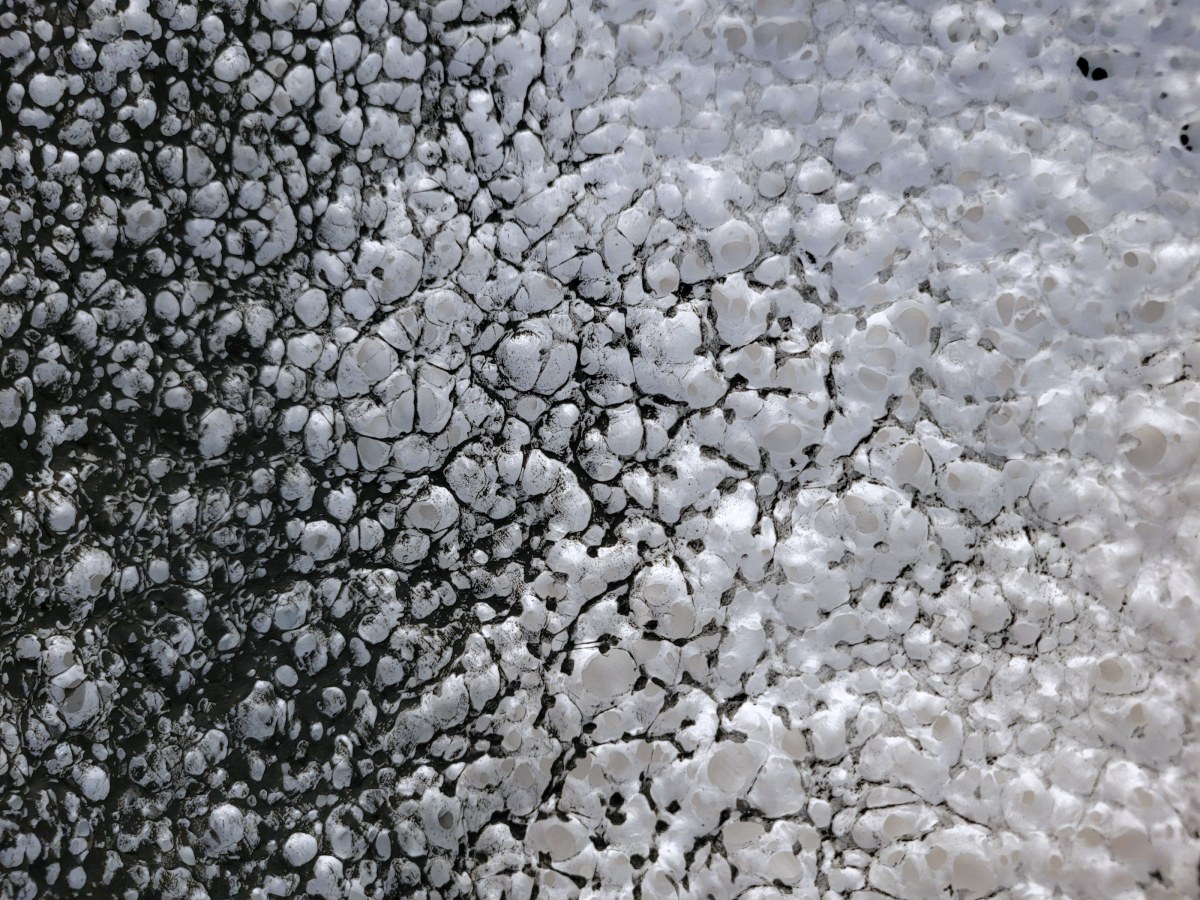
In 2023, I will be starting a new project titled Invisible, in collaboration with the sound artist Federico Coderoni, in which we want to research about this disposition, and play with the audience’s ability to notice change. For now, we envision a hybrid performance, taking place outside and inside the theatre, and later on a digital platform. We partnered with PlanetWatch, a company that is creating and deploying sensors to monitor air pollution across the globe. We will transform the data collected by these sensors in a generative music composition, that will be presented, among other elements, in the frame of the performance. The main idea and purpose of our project is to embrace a process of reflection on the subtle and drastic changes that are currently reshaping individual and collective histories, as a starting point for a broader ontological investigation about identity, responsibility, and agency.
I firmly believe in the value and the urgency for a conversation about the ways we perceive and relate to our environment. I also believe that contemporary circus, as an art form, and with its particular way of weaving connections to the world, can play a central role in facilitating this conversation.
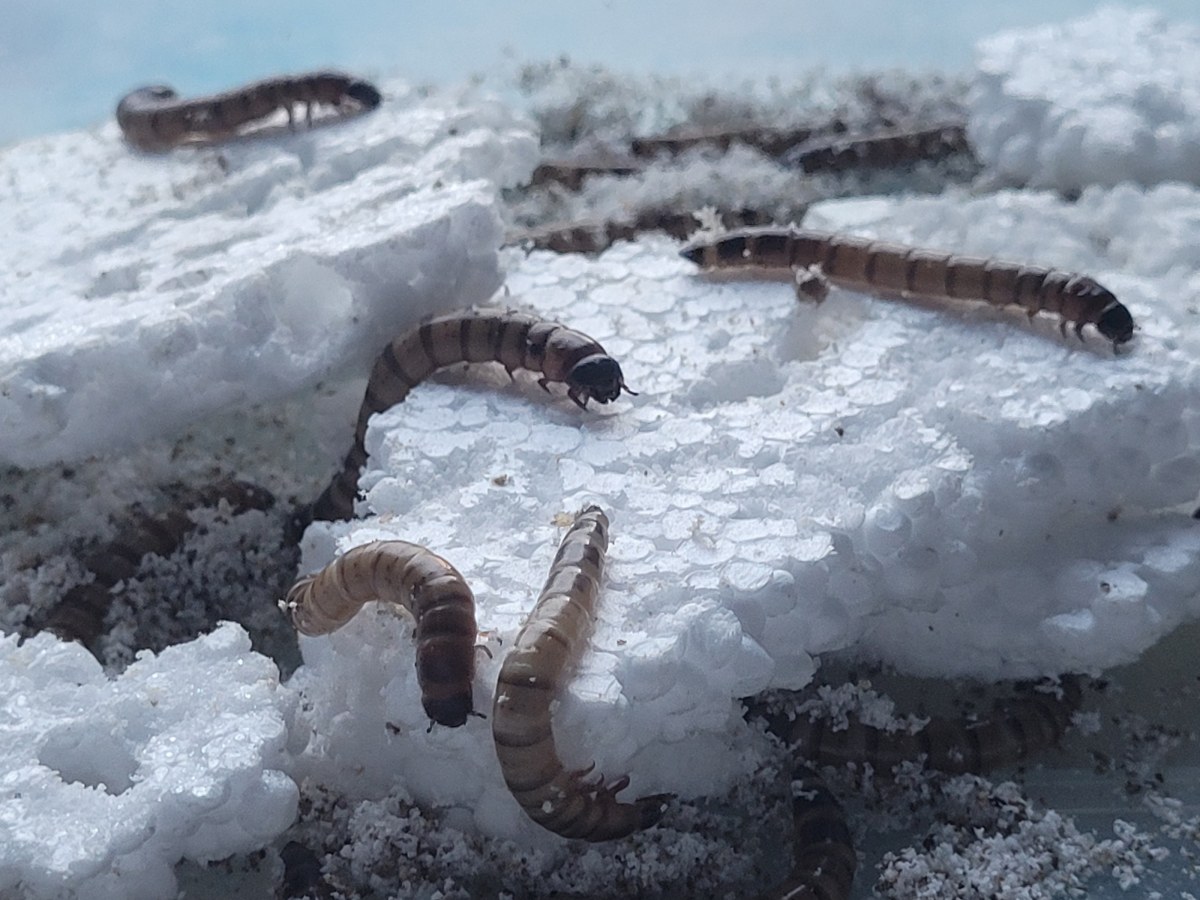
*From a juggling standing point, relativizing our practice as a specialisation on a particular set of objects among the many in world is an intriguing thought, that ultimately circles around the arguable non-functionality of juggling manipulation, and the well debated yet incisive claim that art is defined by the context of art. In reference to this, cf. A. Danto, N. Carroll, G. Dickie, among others. For a quick introduction cf. https://plato.stanford.edu/entries/art- definition
** Human perception, before and in order for the empirical concept of an object to be formed (that is a flower), organises the sensible data from that object by making a selection of its pertinent traits (it has petals, pistil, etc.), and thus offers to the intellect a scheme that enables it to classify it. My knowledge of the relevant traits of flowers, therefore, will already affect how I can organise my perception, besides affecting how, as a result, I can recognise them. In order to select as relevant traits petals, pistil, etc., we will first have to select as relevant those traits that enable us to recognise them as petals, pistil, etc.; but no matter how much we break down the process, it will turn out that perception always takes place in an already constituted and operating linguistic environment: we always perceive a flower, a pistil, a shape, a colour, etc. It is interesting to note in this regard, how the same object can be perceived differently, precisely in relation to the traits that are selected as relevant. For instance, in an emergency situation where I suspect the presence of a stranger in the house, I might perceive a frying pan as a "blunt object" instead of a "cooking utensil”. In reference to this, cf. E. Garroni.
*** Cf. V. Shklovsky.
**** Cf. https://www.nytimes.com/2022/06/10/science/worms-eating-styrofoam.html; https://www.microbiologyresearch.org/content/journal/mgen/10.1099/ mgen.0.000842
References
• Carroll, Noël, Historical Narratives and the Philosophy of Art, in The Journal of Aesthetics and Art Criticism – 51, 1993.
• Corà, Bruno, BURRI Plastiche, Forma Edizioni, Florence, 2018.
• Danto, Arthur C., The Transfiguration of the Commonplace: A Philosophy of Art, Harvard University Press, Cambridge, 1981.
• Dickie, George, The Art Circle, Haven, New York, 1984.
• Garroni, Emilio, Immagine Linguaggio Figura, Laterza, Rome-Bari, 2005.
• Shklovsky, Viktor, Berlina, Alexandra (ed.), Art as Device, in Viktor Shklovsky: A Reader, translated by Berlina, Alexandra, Bloomsbury, New York-London, 2017.
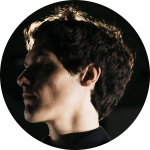
Andrea Salustri comes from Rome, where he learned contact juggling, fire manipulation, and has worked as a street artist. In 2013 he graduated cum laude in philosophy at La Sapienza University in Rome, then decided to move to Berlin to pursue an education in contemporary dance. He first completed the Dance Intensive program at Tanzfabrik Berlin, and successively studied dance and choreography at HZT Berlin University. Currently, he is creating multi-media circus installations, and touring his work MATERIA. Andrea is a laureate artist for circusnext 2018-2019.



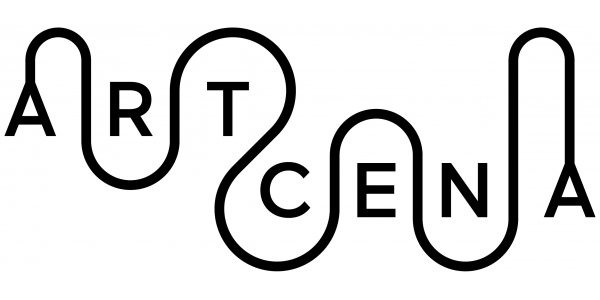

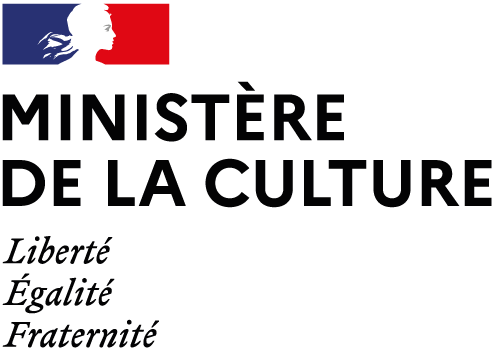
write us: infocircostrada@artcena.fr